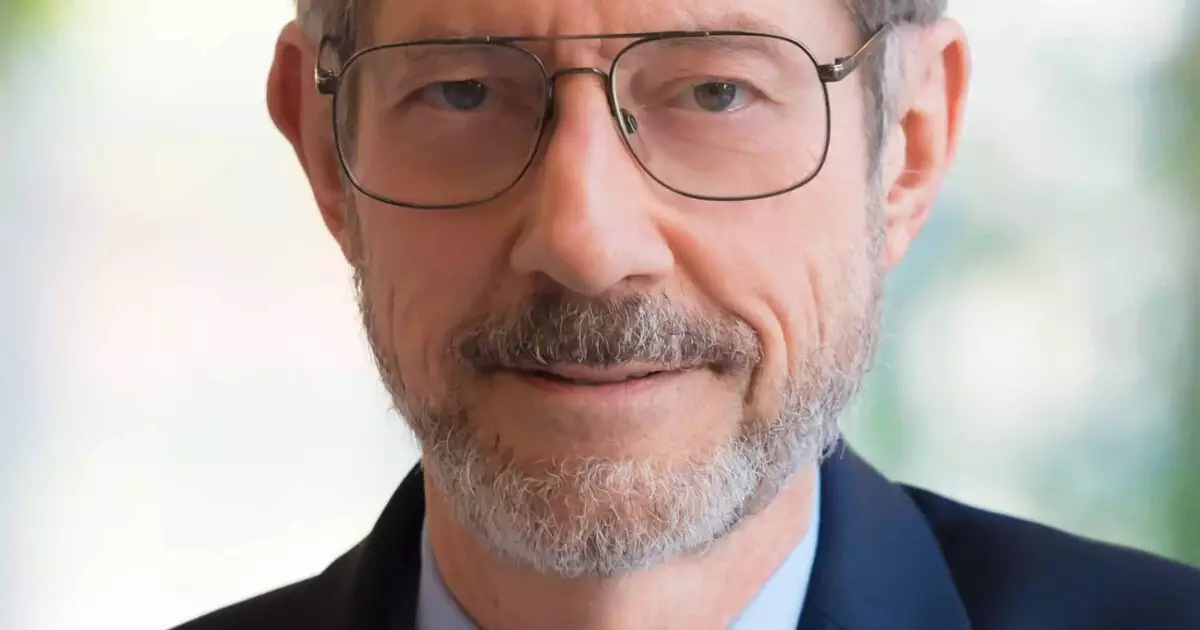In an age of rapid technological advancement, it is startling to see our nation’s airport infrastructure languishing in outdated systems, especially at Newark Liberty International Airport. Recent announcements from Secretary of Transportation Sean Duffy paint a grim picture: a reduction in flights tied to systemic failures that are decades in the making. How did we descend into this quagmire of inefficiency, and what dire consequences loom ahead if we fail to act?
The Underlying Issues: Decades of Neglect
It is unacceptable that we find ourselves in a situation where a critical element of our transportation infrastructure—air travel—has been allowed to deteriorate due to decades of neglect. Secretary Duffy’s remarks about an “outdated system showing its age” should serve as a wake-up call for all of us. In a country that prides itself on being a global leader, how can we allow such essential facilities to fall into disrepair? The longer we wait, the more we jeopardize not just air travel but the broader economic landscape that relies on efficient cargo and passenger transit.
There is a feeling of danger in our complacency. Flight delays and outdated air traffic control technology are not just minor inconveniences; they have far-reaching implications for economic productivity and national security. As Secretary Duffy aptly stated, “the time to fix it is now.” With business operations and consumer dependencies growing in complexity, the cost of inaction will only escalate.
Funding Challenges: A Slow and Unreliable Process
The funding methodologies employed to modernize our air traffic control technology have been effectively called into question. Prominent voices, like Robert Poole from the Reason Foundation, highlight a frustrating reality: our current strategy resembles a tortoise’s pace, burying us under a slow waterfall of annual appropriations. Poole’s warnings should resonate across party lines: if we wait for Congress to green-light large capital investments, we might as well plan our funerals for innovation and progress.
A new approach is not just advisable; it is imperative. Utilizing revenue bond financing and user fee structures—a method successfully employed by other countries—could provide the much-needed injection of capital. However, the reluctance to grant the FAA bonding authority presents a formidable roadblock. It’s time we treat air traffic control not merely as a bureaucratic function but as a utility necessitating dependable revenue streams.
Political Will: The Missing Ingredient
A significant concern is the apparent lack of political will to tackle these systemic challenges. Jackson Shedelbower of the Center for Transportation Policy argues that Congress could remedy the funding issue through an emergency declaration. However, relying on a knee-jerk, political maneuvering approach undermines the necessity for comprehensive, long-term solutions. It strikes me as disheartening that the urgency surrounding this infrastructure crisis is not adequately matched by say, a bipartisan vision that could unite across the aisles—rather, we see minimal momentum.
As we analyze this issue, one has to wonder what it will take to summon the necessary political accountability. Are we so embedded in partisan bickering that we can overlook such pivotal aspects of both economic growth and national security?
The Role of Public-Private Partnerships
Drawing on successful international models, incorporating public-private partnerships (PPPs) could unleash significant modernization efforts. Established infrastructures in places like Canada and the UK show us that removing ATC operations from direct government oversight is not only feasible but beneficial. By providing dedicated revenue streams through user fees, these nations have managed to proffer a level of service and modernization that we can only dream of stateside.
However, we seem paralyzed by inertia. Why aren’t American lawmakers seizing this opportunity? The failure to act here is not merely a political misstep but a moral failing. The implications are more profound than short-term inconveniences; we risk undermining public confidence in air travel altogether.
Looking Ahead: A Call to Action
As we confront these challenges, it is vital that the conversation shifts from recognizing problems to crafting actionable solutions. Our airports are integral to the fabric of American life, symbolizing not just transportation but the very pulse of economic interaction. Yet, allowing any further degradation is a gamble we cannot afford to take.
In this context, the interplay of political responsibility, innovative financing, and an unwavering commitment to modernization can redefine the status quo. If we are to hope for an efficient air travel system that meets the demands of the future, now is the moment to act decisively. There’s little room left for complacency; the stakes have never been higher.

